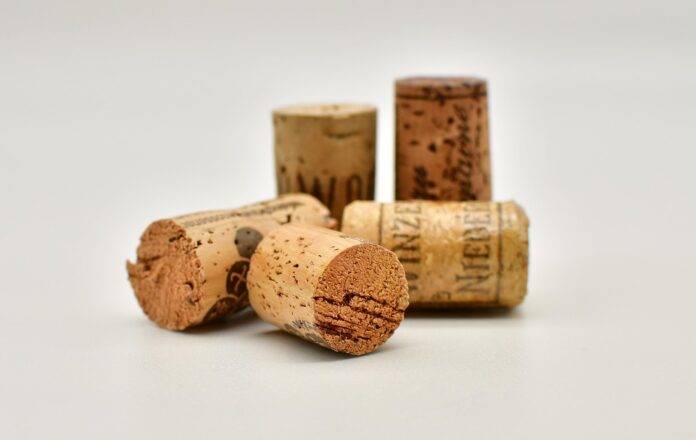Introduction
Carmenère is a unique grape variety that originated in Bordeaux, France, but is now predominantly grown in Chile. Winemakers face the challenge of managing ripeness and green flavors in Carmenère to produce high-quality wines that are balanced and flavorful. In this report, we will explore the strategies that winemakers use to achieve optimal ripeness and minimize green flavors in Carmenère wines.
Ripeness Management
1. Vineyard Management
One of the key factors in ripeness management is vineyard management. Winemakers carefully monitor the ripening process of Carmenère grapes, ensuring that they are harvested at the optimal time. Factors such as sunlight exposure, soil composition, and vineyard location all play a role in determining the ripeness of the grapes.
2. Harvesting Techniques
Harvesting techniques also play a crucial role in managing ripeness in Carmenère. Some winemakers prefer to harvest the grapes by hand, allowing for greater control over the ripeness of the fruit. Others may use mechanical harvesters, but still pay close attention to the ripeness levels of the grapes to ensure they are harvested at the right time.
3. Winemaking Practices
Once the grapes are harvested, winemakers employ various winemaking practices to further enhance ripeness in Carmenère wines. This may include techniques such as cold soaking, extended maceration, and oak aging, all of which can help develop the ripeness and complexity of the wine.
Green Flavor Management
1. Canopy Management
Green flavors in Carmenère wines can be caused by underripe grapes or poor canopy management. Winemakers carefully manage the canopy of the vines to ensure proper sunlight exposure and airflow, which can help ripen the grapes evenly and minimize green flavors.
2. Leaf Thinning
Leaf thinning is another technique that winemakers use to manage green flavors in Carmenère. By selectively removing leaves from the vines, winemakers can improve sunlight penetration to the grape clusters, promoting ripeness and reducing the presence of green flavors in the wine.
3. Fermentation Temperature
During the fermentation process, winemakers pay close attention to the temperature to avoid the development of green flavors in Carmenère wines. Controlling the fermentation temperature can help preserve the fruit flavors and aromas of the wine while minimizing any green or vegetal notes.
Industry Insights
According to industry data, Carmenère production has been steadily increasing in recent years, with Chile being the primary producer of this grape variety. The demand for Carmenère wines has also been on the rise, particularly in markets such as the United States and Europe.
Financial data shows that some of the top Carmenère wine producers in Chile include Concha y Toro, Santa Rita, and Montes. These companies have invested heavily in vineyard management practices and winemaking techniques to produce high-quality Carmenère wines that are well-balanced and free of green flavors.
In conclusion, winemakers face the challenge of managing ripeness and green flavors in Carmenère wines, but with careful vineyard management, harvesting techniques, and winemaking practices, they can achieve optimal ripeness and produce exceptional wines that showcase the unique characteristics of this grape variety.




